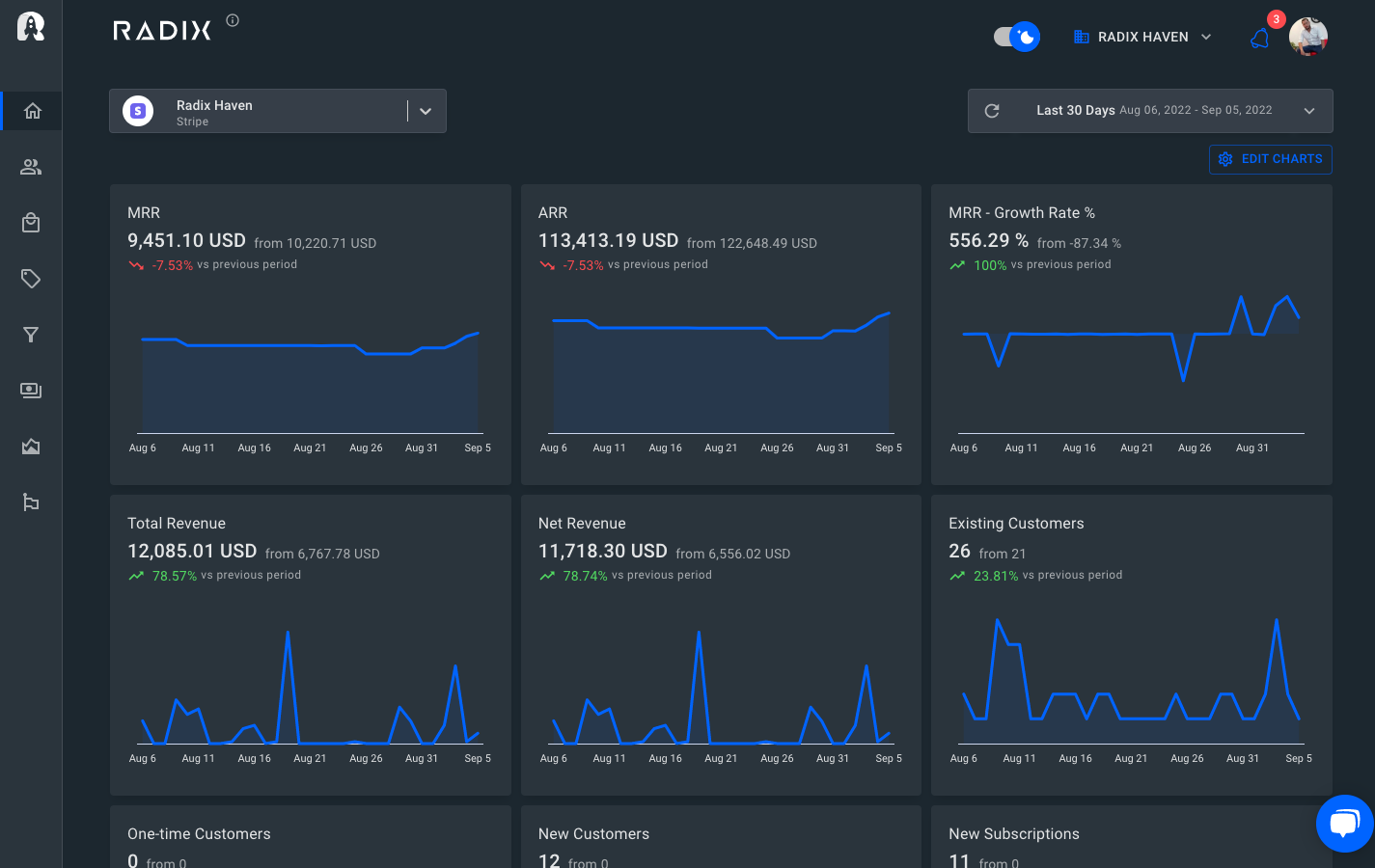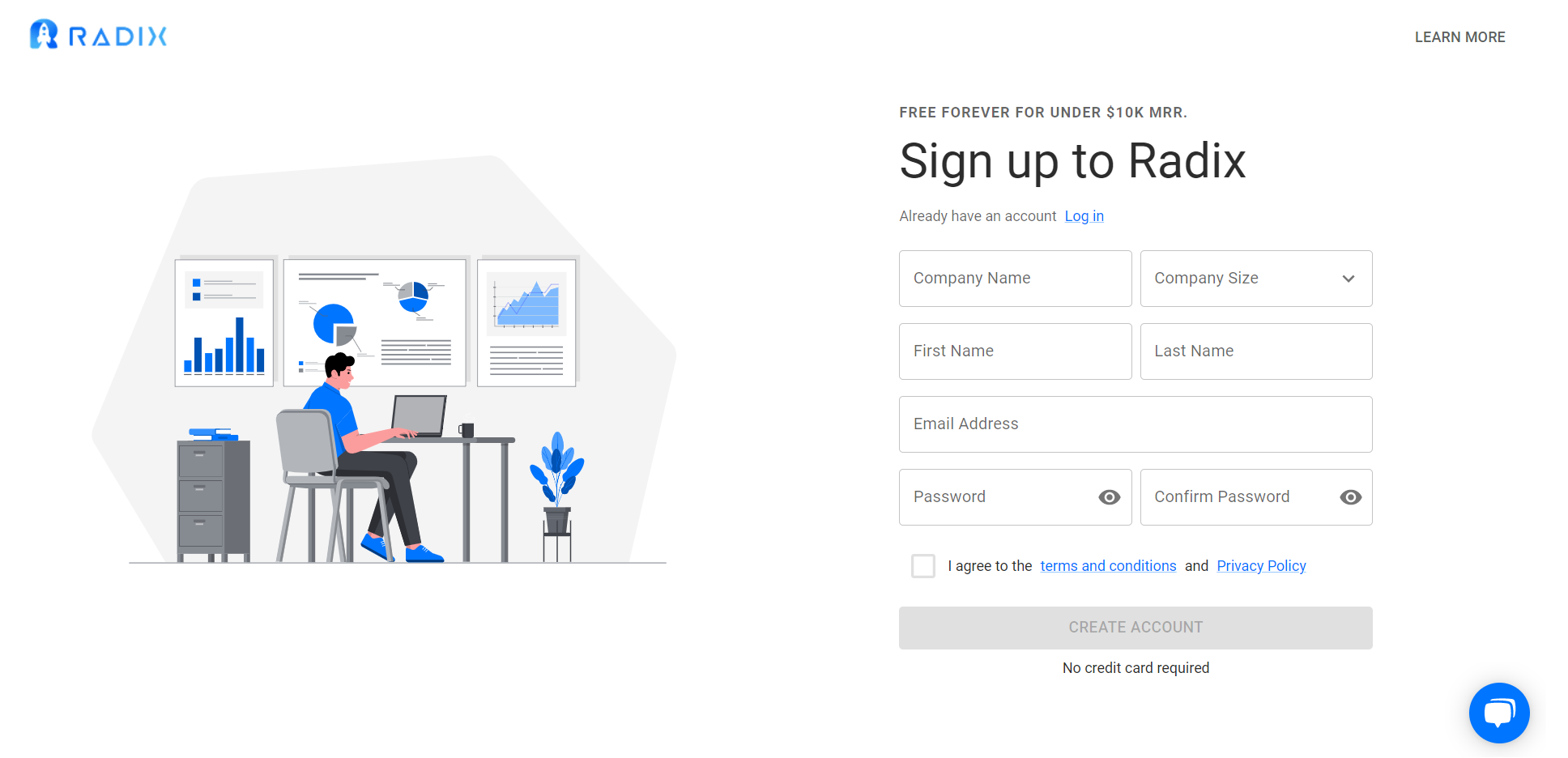Metrics are one of the greatest tools we have in the SaaS Industry. SaaS Startup Metrics allow us to truly understand our users and the impact the changes we make to our products will have on their experience. And when it comes to metrics, there are infinite numbers we can track. But what is important? We don’t want to waste time tracking data that won’t drive business results, but at the same time, we want to ensure we’re tracking enough data so that when that moment of truth hits, we’ll have enough information to make educated decisions.
The problem is that there’s no one-size-fits-all answer to what metrics are important. The right metrics for your business will vary depending on your specific goals and KPIs (key performance indicators). However, there are some common metrics that most companies should be tracking to properly measure the success of their products.
Here are 6 metrics for SaaS Startup we believe are worth tracking.
1) MRR
Monthly Recurring Revenue (MRR) is the amount of money you can expect to generate from all of your active subscribers in a given month. It allows you to examine your company’s present financial health while also projecting future earnings.
MRR covers all recurring costs from coupons, discounts, and recurring add-ons but excludes one-time fees.
To calculate MRR, multiply your ARPU by the number of people that have signed up for a plan. The expansion MRR metric is the most essential MRR indicator for measuring product growth.
2) Customer Churn Rate
The customer churn rate is the percentage of customers that abandoned your product or service over a certain period.
You can calculate the churn rate by dividing the number of churned customers throughout the period by the number of customers at the beginning of the period and multiplying the ratio by 100.
You may calculate the churn rate weekly, monthly, or yearly. Nonetheless, most companies compute it on a monthly or annual basis. They both provide the same information since multiplying the monthly churn rate by 12 gives the yearly rate.
There is no such thing as a uniformly excellent churn rate. The churn rate, however, will never be zero.
It’s typical for churn to rise in tandem with the number of customers in your company as it grows. What you must do is ensure that your revenue grows enough to counteract churn and maintain an acceptable rate.
Actively tracking churn helps to evaluate the health of your company and how happy customers are with your primary offering. If your churn rate remains high, you will need to take action to minimize churn since it is clear that your product has some major issues.
3) Customer Lifetime Value
The customer lifetime value (CLV) is the predicted stream of revenue generated by each paying customer throughout the relationship. As a result, CLV equals the ratio of overall marketing and sales costs to new customer acquisition.
Along with knowledge from previous and current customers, CLV allows you to forecast the profitability of a new customer.
For example, Company A discovers that their average CLV over three years is $8000. This implies that each customer pays around $2,000 per year. If the sale CRM anticipates 14 new sales each month with an average of 2 churned customers, each new month will generate an additional $24,000 to invest. As a result, CLV enables you to make informed investment decisions in areas like recruiting, real estate, and marketing.
4) The visitor to signup Rate
The visitor-to-signup rate compares the number of visitors to your site/app to the number of signups in a certain period. It is determined by dividing the number of signups by the number of visits to the signup page and multiplying the result by 100.
For SaaS, a decent visitor-to-signup or visitor-to-lead conversion rate is 7%. It contains quality leads from both marketing and sales.
The visitor-to-signup rate helps to evaluate the capacity of your website/app and marketing campaigns to convert visitors. Signup forms, trial buttons, call-to-actions, and pop-up forms are just a few of the ways you may get prospects to sign up for free trials.
Some pages on your site may have greater visitor-to-sign-up rates than others. As a result, you’d need to figure out which pages and areas of your website your visitors enjoy the most.
5) Best-selling plan | SaaS StartUp
The best-selling plan is pivotal for a SaaS business. It often takes some of the hard work out of conversion optimization and it’s a solid starting point for estimating the lifetime value of your customers.
This metric gives you a high-level view of the value of your customers. The best-selling plan helps conversion optimization by providing a frame of reference against which you can measure the effectiveness of your changes.
The best-selling plan is a great starting point for estimating the lifetime value of your customers. You can use it as a benchmark to compare against other plans, and it will help you understand your SaaS Startup.
6) Customer Retention Rate
Customer retention in the SaaS industry refers to the total of all business operations executed to retain long-term customers and make them more profitable.
Customers that use SaaS must make recurrent purchases by renewing their subscriptions regularly. To measure retention, you must first establish a time range, such as one day, one week, or two weeks. The time limit must be determined by your product team based on where returning customers tend to churn.
The customer retention rate is calculated by multiplying the number of paying customers after a given period by the number of paying customers at the beginning of that period by 100.
High retention leads to higher loyalty and word-of-mouth marketing, provides the potential for account development, and boosts your customer’s lifetime value.
Conclusion
In conclusion: Taken together, these 6 metrics should provide a solid framework for tracking, analyzing, and understanding product growth in SaaS Startups companies. Prioritizing these elements can help companies build sustainable growth and prevent an influx of vanity metrics from leading them astray. The best products are the ones that meet user needs and exceed expectations, which is the real goal of growth.
Try Radixto Track These Metrics and More

(No Credit Card Required)






